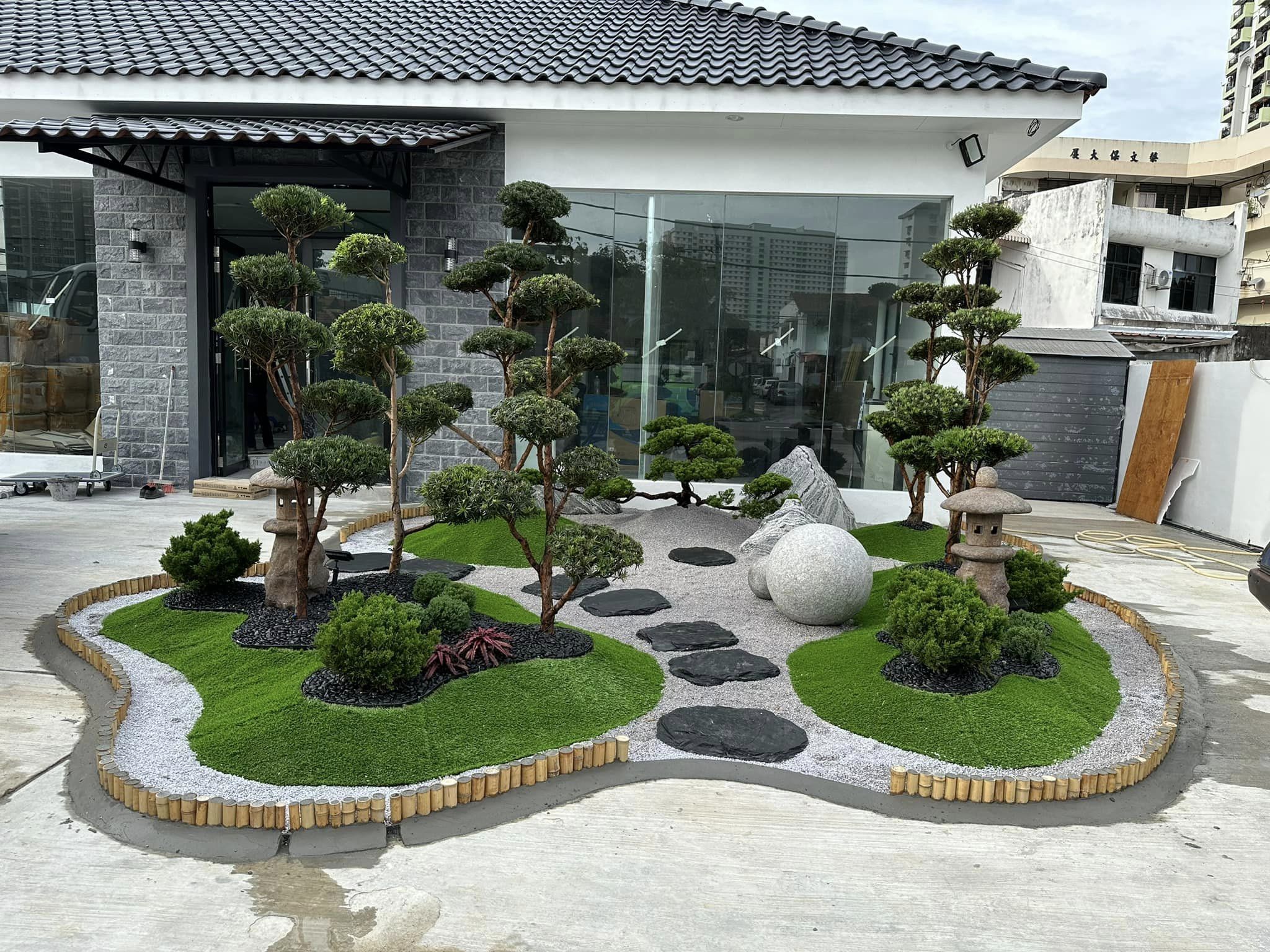 In the hustle and bustle of modern life, finding solace in nature has become increasingly essential. Amidst this quest for tranquility, the allure of Japanese-style gardening has captured the imagination of enthusiasts worldwide. Inspired by the harmonious balance of natural elements, Japanese gardens offer a serene retreat, fostering a deep connection with the environment and inner peace.
In the hustle and bustle of modern life, finding solace in nature has become increasingly essential. Amidst this quest for tranquility, the allure of Japanese-style gardening has captured the imagination of enthusiasts worldwide. Inspired by the harmonious balance of natural elements, Japanese gardens offer a serene retreat, fostering a deep connection with the environment and inner peace.
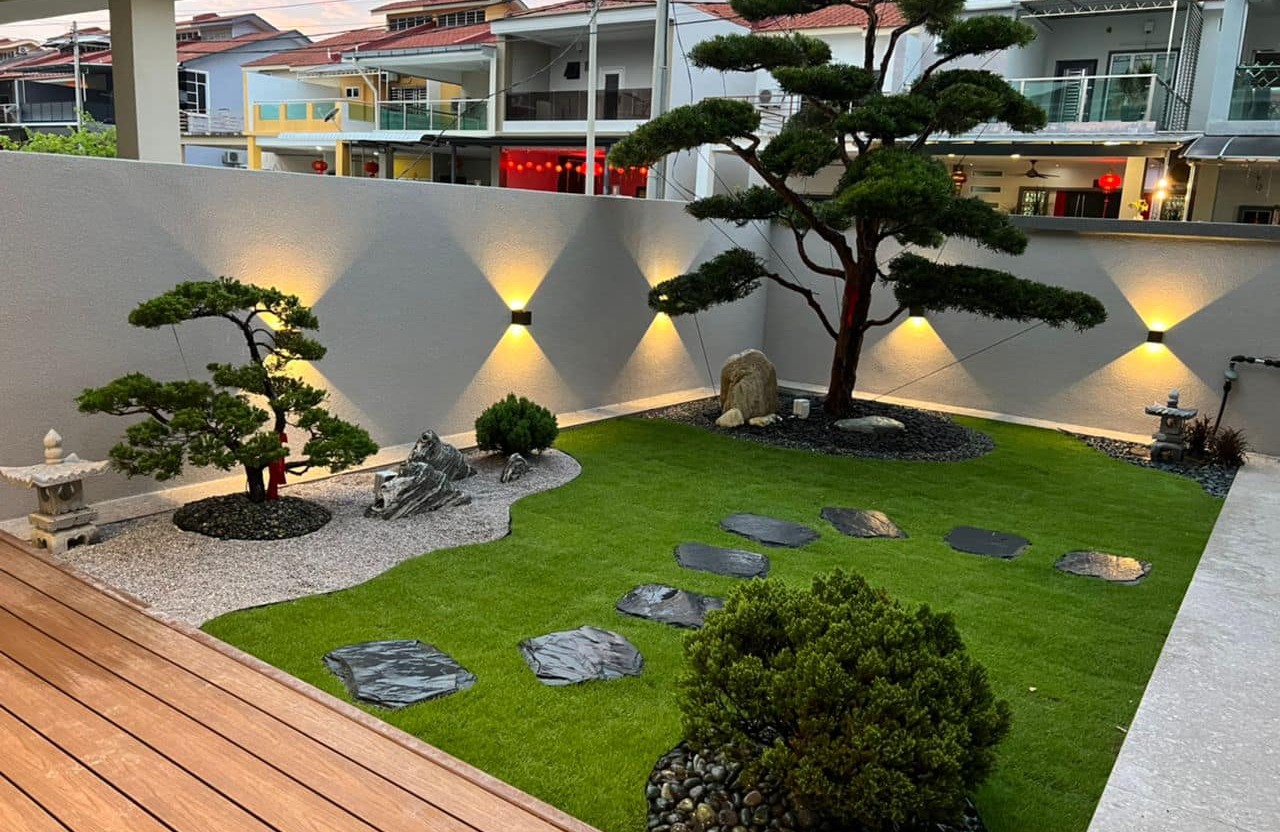
The essence of Japanese gardening lies in its profound philosophy rooted in ancient traditions. Central to this philosophy is the principle of “Wabi-Sabi,” embracing imperfection and transience. Rather than seeking flawless beauty, Japanese gardens celebrate the beauty of impermanence, reflecting the cyclical nature of life.
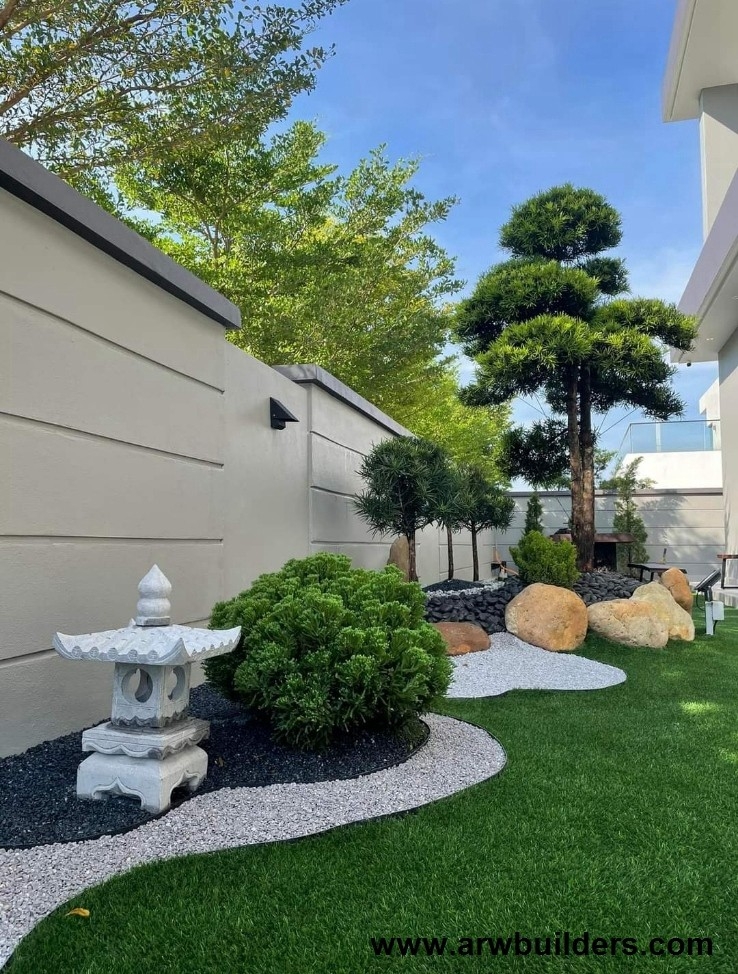
At the heart of these gardens is meticulous attention to detail, where every element serves a symbolic purpose. Rocks represent mountains, water embodies the ocean, and plants evoke forests, creating miniature landscapes that evoke a sense of vastness. Through careful arrangement, each component harmonizes with the surrounding space, evoking a sense of tranquility and balance.
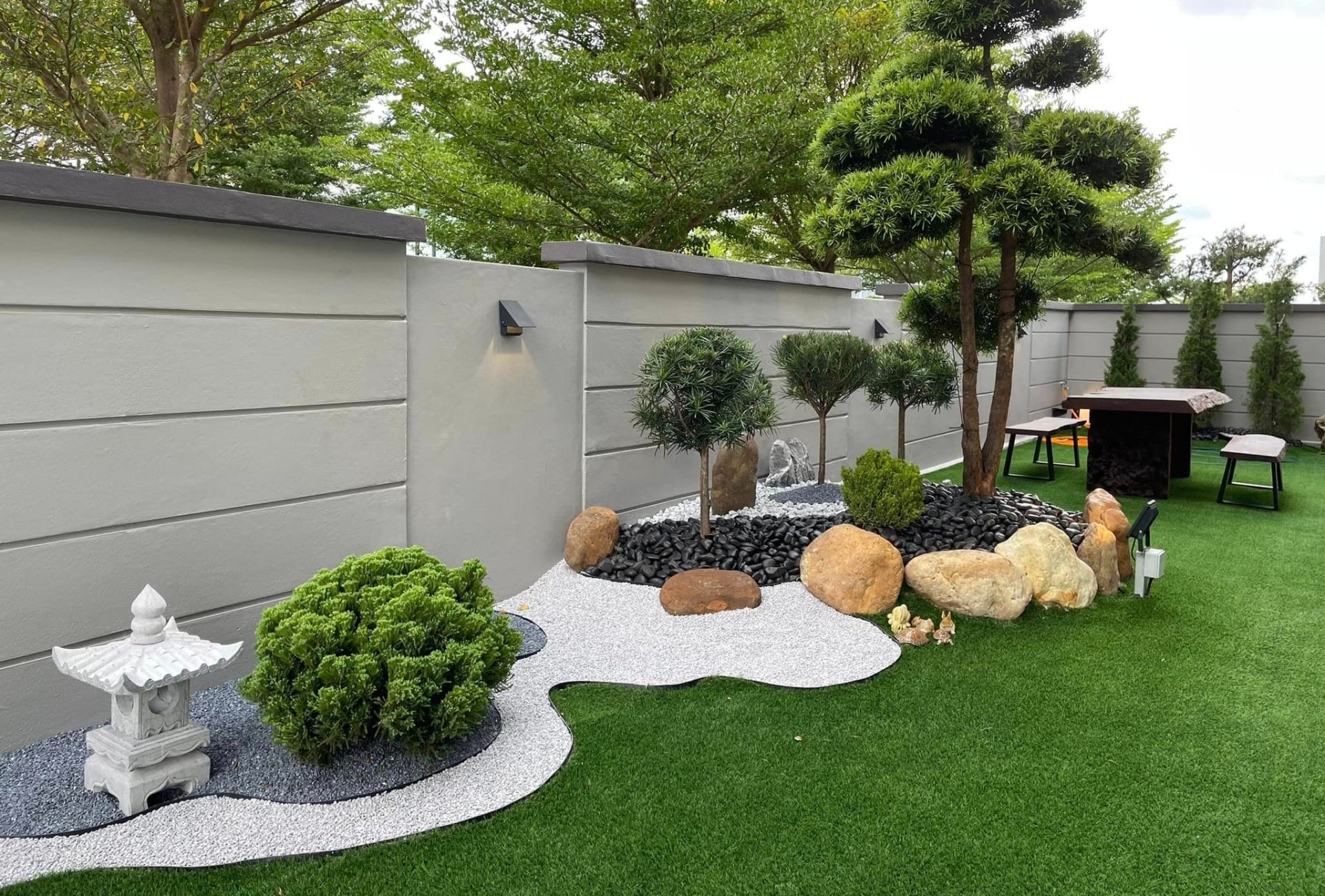
One hallmark of Japanese gardening is the concept of “borrowed scenery” (shakkei), where the surrounding landscape is seamlessly incorporated into the garden design. By framing distant mountains or neighboring trees, Japanese gardens extend beyond their boundaries, blurring the line between nature and artifice.
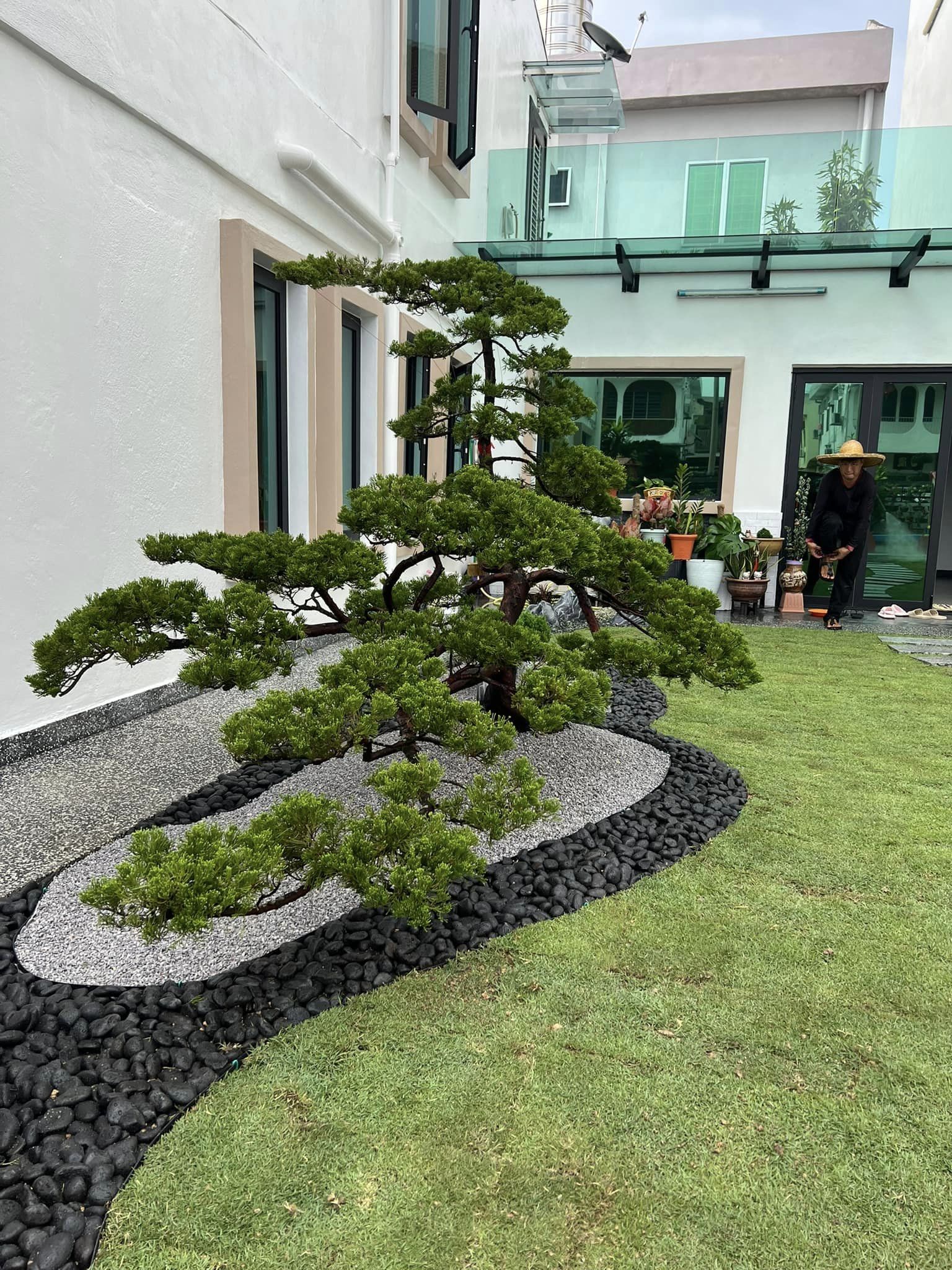
Water, another fundamental element, holds profound significance in Japanese culture. Symbolizing purity and renewal, water features such as ponds, streams, and cascades infuse the garden with vitality, reflecting the ever-changing flow of life.
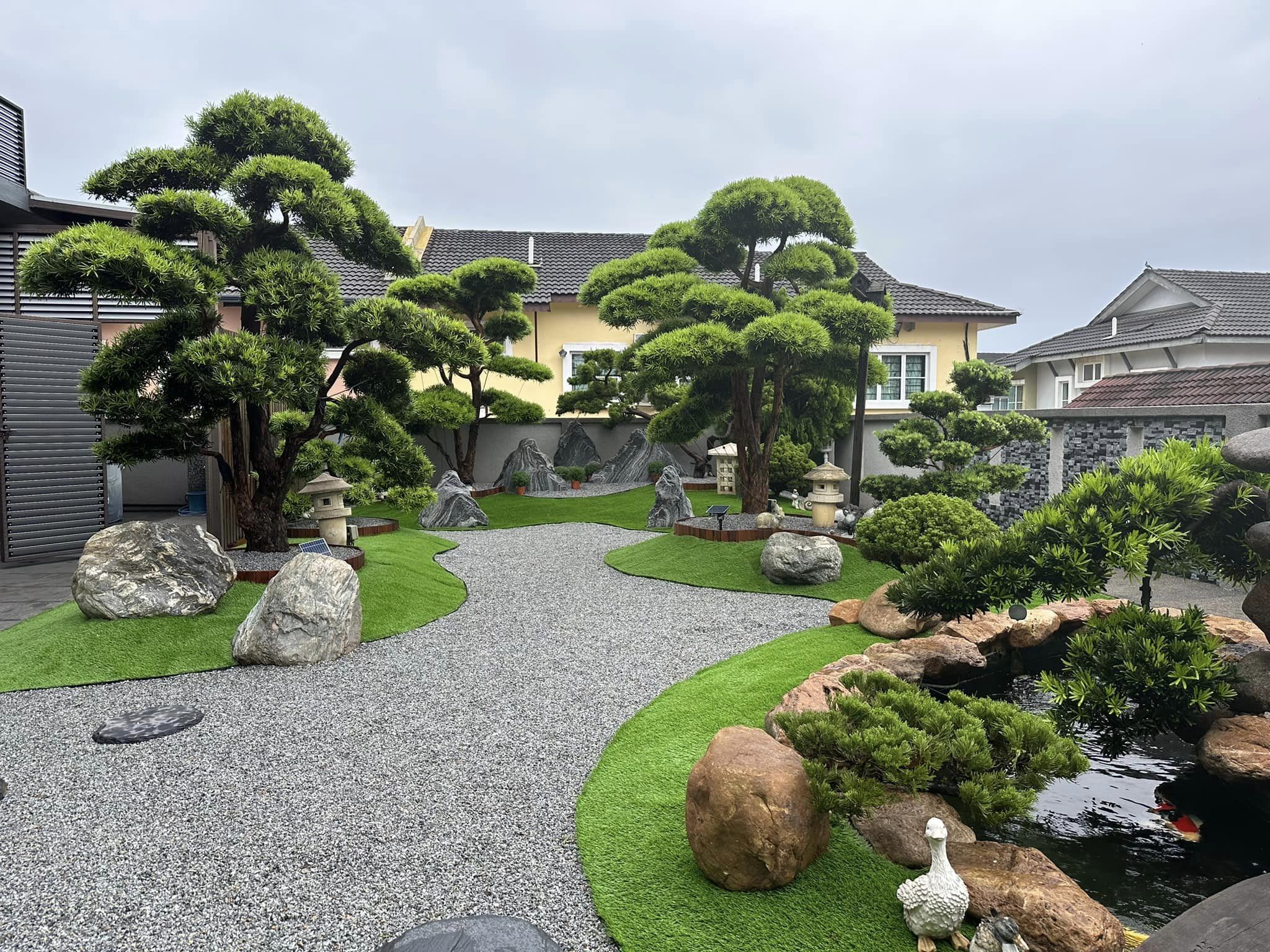
In addition to its aesthetic appeal, Japanese gardening embodies a profound spiritual dimension. Rooted in Shinto and Zen Buddhism, these gardens serve as tranquil sanctuaries for meditation and contemplation. Walking paths meander through lush foliage, inviting visitors on a journey of self-discovery and reflection.
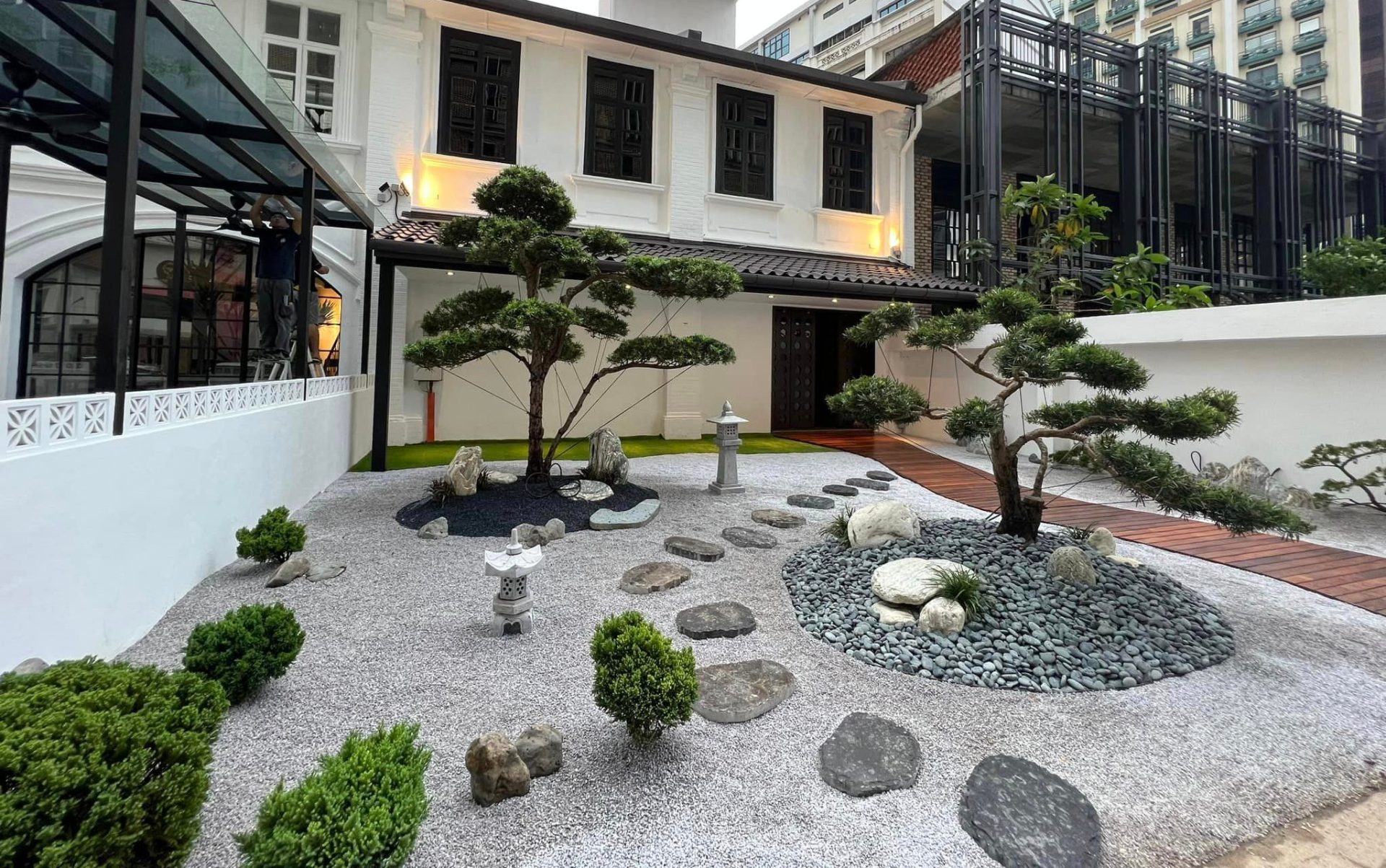
The practice of Japanese gardening transcends mere horticulture; it is a form of artistic expression, a spiritual endeavor, and a harmonious fusion of humanity and nature. Whether nestled in a sprawling estate or confined to a small urban space, a Japanese-style garden offers a sanctuary where one can reconnect with the rhythms of the natural world and find solace amidst the chaos of modern life.
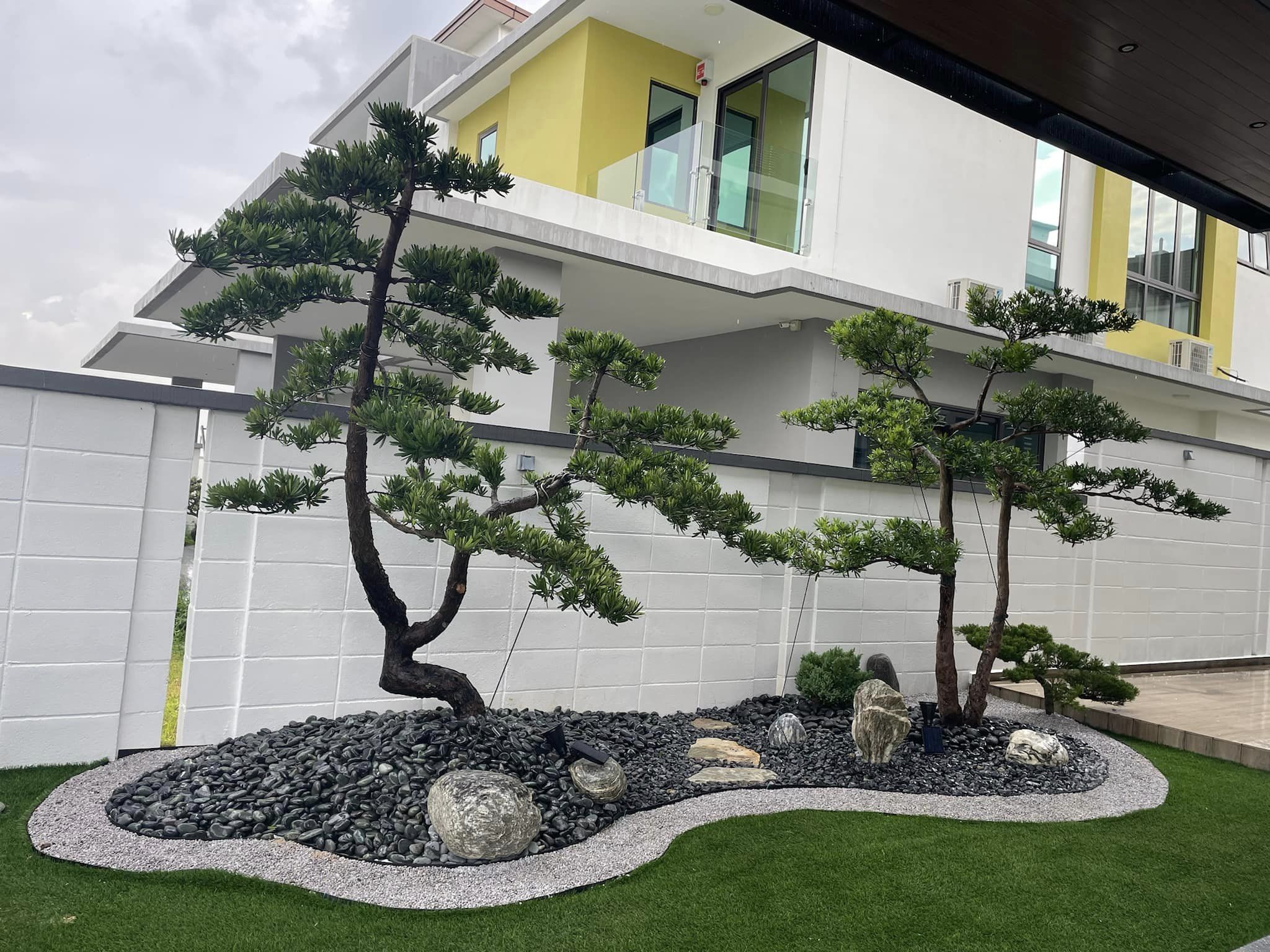
In an era defined by rapid urbanization and environmental degradation, the principles of Japanese gardening offer a timeless reminder of the importance of living in harmony with nature. As we strive to cultivate inner peace and environmental stewardship, the Japanese garden serves as a beacon of inspiration, beckoning us to embrace simplicity, serenity, and the beauty of imperfection.